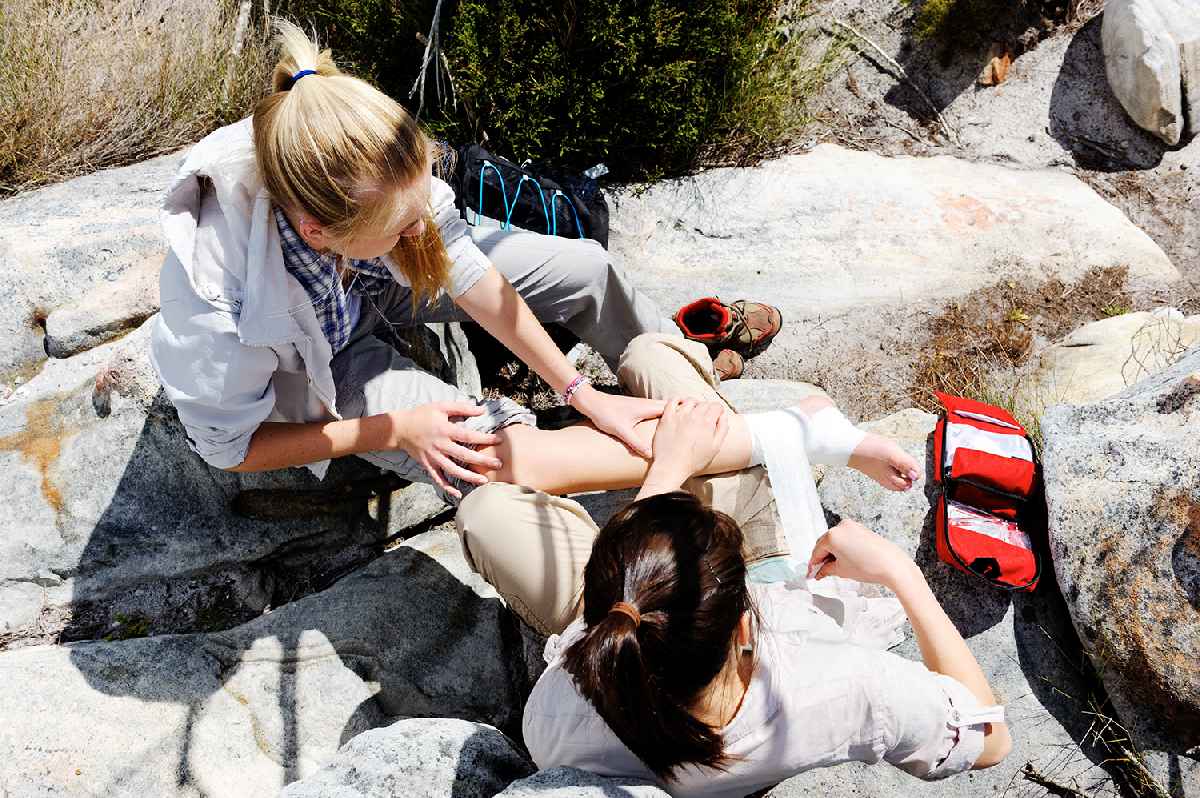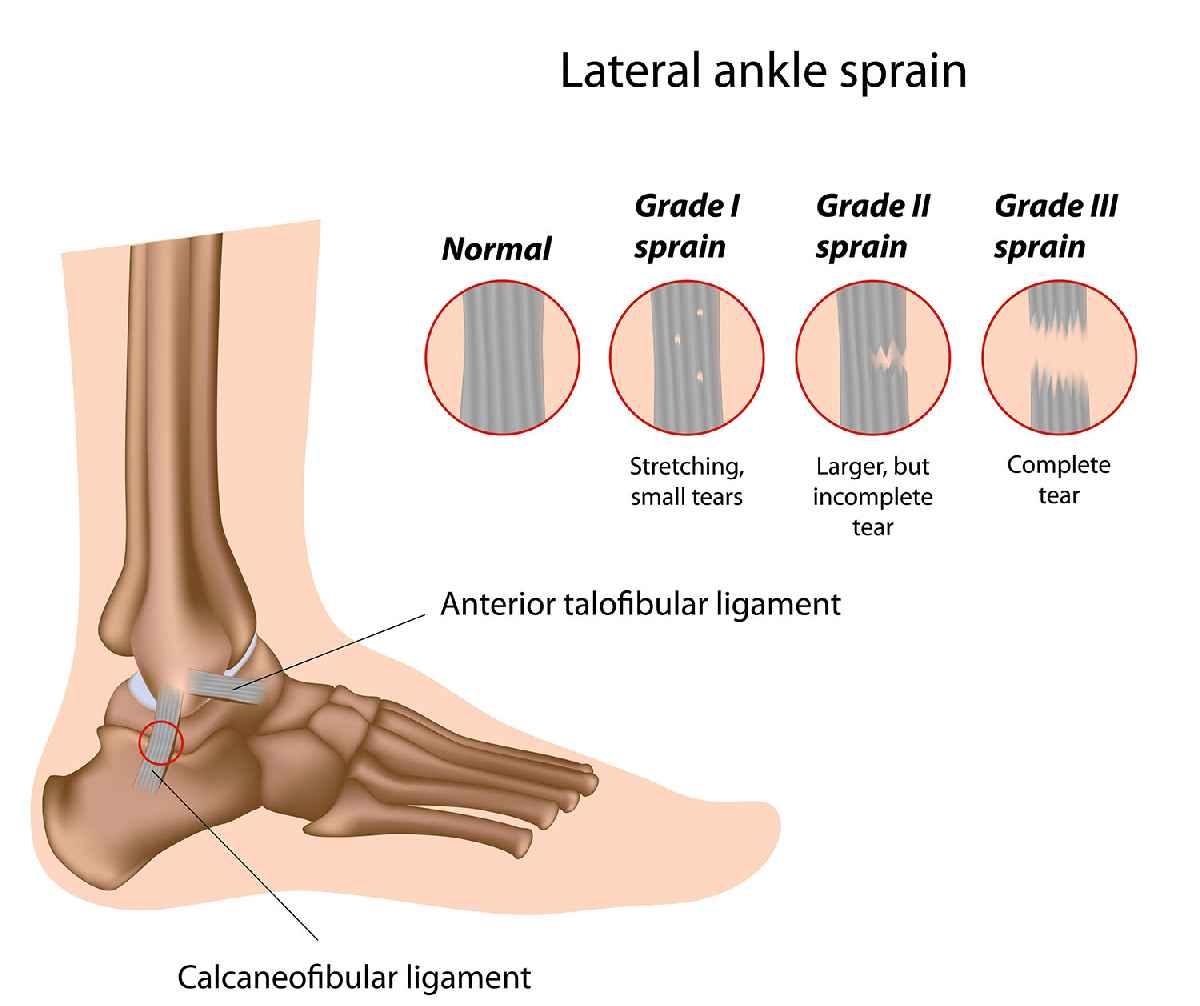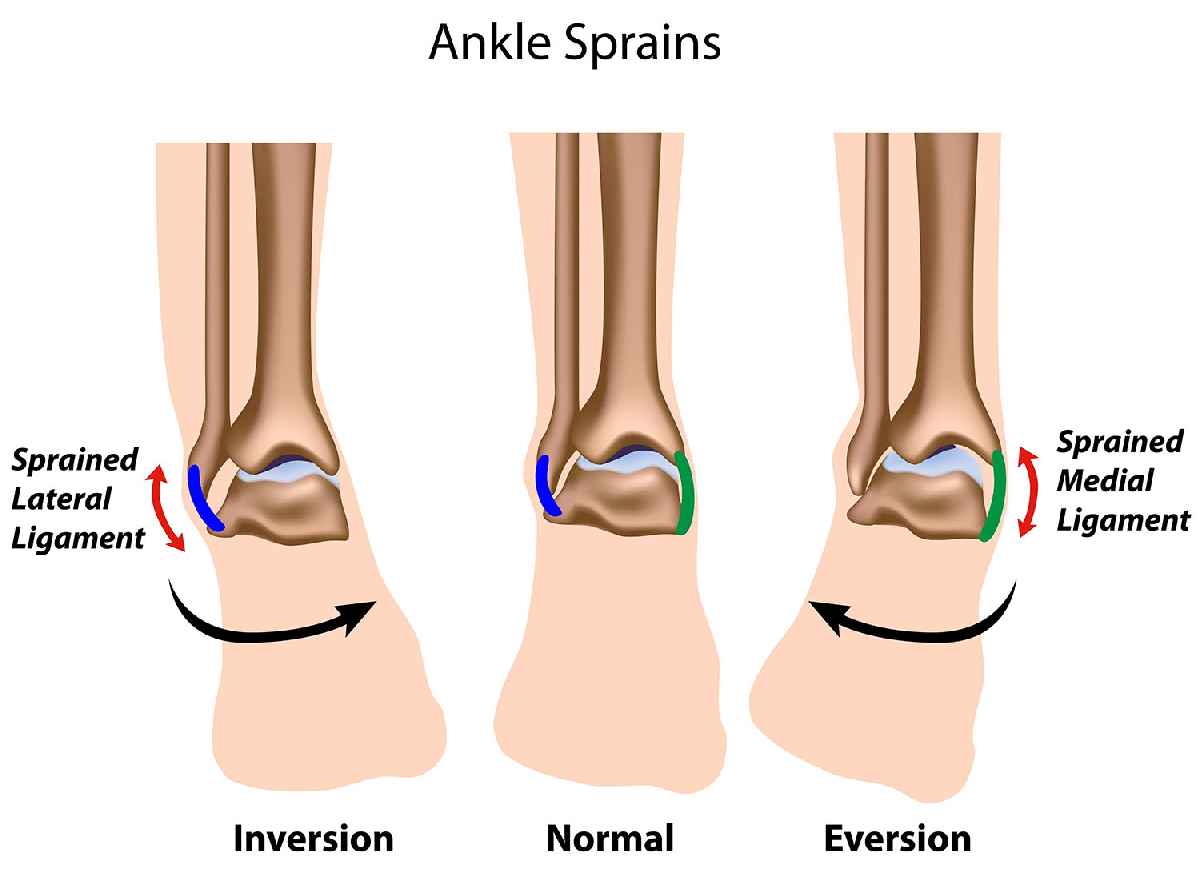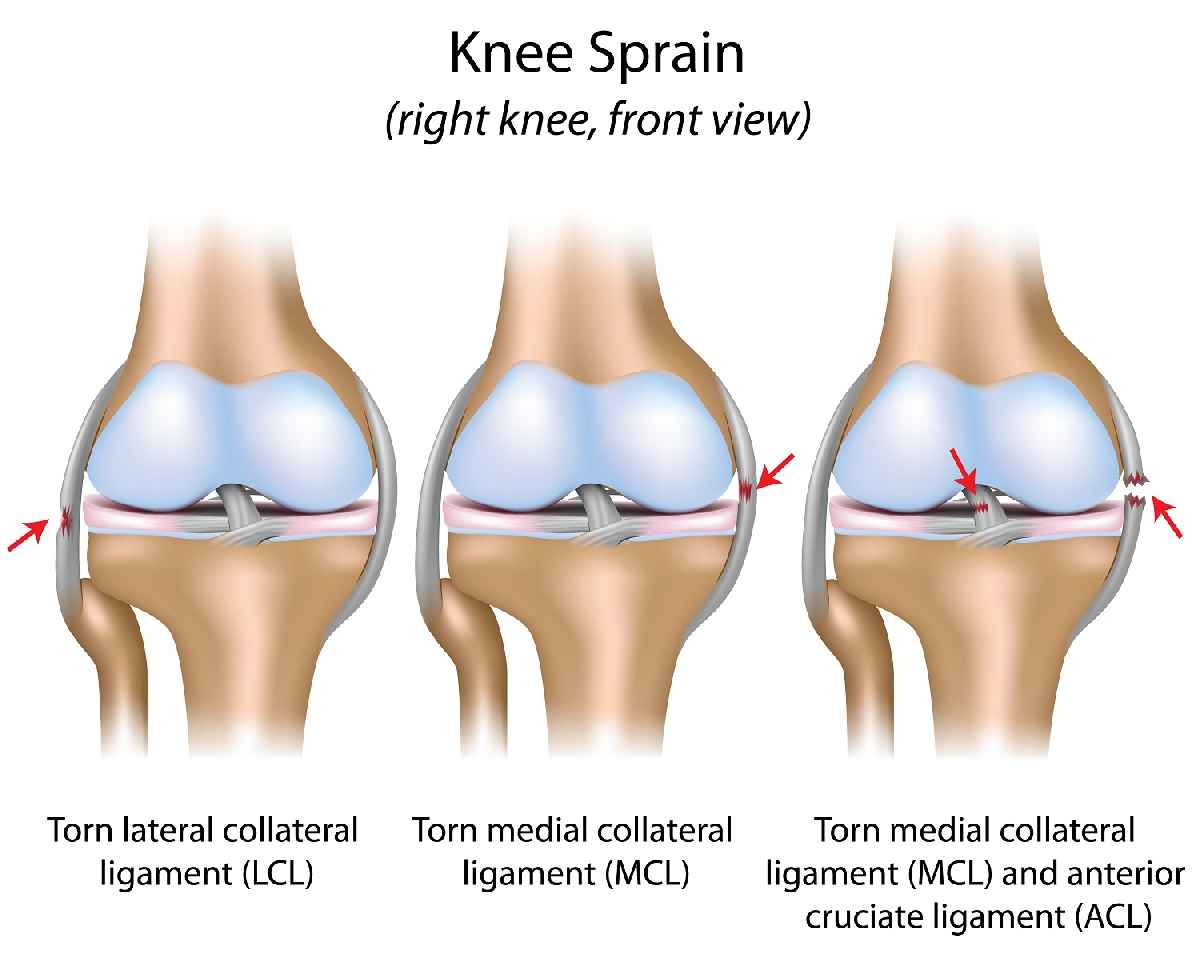Sprains and strains
Sprains and strains are among the most common type of injury for bushwalkers. Sprains and Strains are caused by overstretching, such as when you roll and ankle.
Sprains are injuries caused by stretching or tearing of ligaments. Ligaments are supportive tissue that connects two or more bones.
Strains are injuries to muscle or tendons caused by overstretching. Muscles provide power and tendons are tissue that connects muscle to bone
Sprains and strains can range from a minor annoyance through to requiring medical evacuation. The seriousness mostly depends on which tissue is effective and how much damage is caused. The severity may also be impacted by pre-existing injuries.
It can be difficult to tell in some cases if the injury is a sprain/strain, dislocation of fracture. If in doubt manage as a fracture.
Signs & Symptoms
Following some incident such as a fall, tripping or rolling an ankle.
Sprains
The patient will likely have:
* intense pain at or near the joint,
* restricted movement (on increased pain on movement),
* swelling and/or bruising (at or below the joint).
Strains
* sharp, sudden pain in near the injury (usually just above or below the joint),
* usually a significant loss of power/strength,
* muscle sore & tender.
Management
Follow the RICE protocol below as soon as possible after the injury.
Rest – stop and allow the person to rest the injury.
Ice – Cool the area as best you can.
Ideally, we would apply an ice pack or cold pack for 15 minutes every 2 hours for 24 hours, then for 15 minutes every 4 hours for 24 hours.
On a bushwalk, this may mean using the coldest water we can find and pour it over a cotton bandage.
Compression – apply a firm (not very tight) bandage to compress the area as well as above and below the injured area.
Elevation – elevate the injured part.
Avoid
Avoid anything that will risk further injury, increase blood flow or heat in the area. In the first 48 hours, this means avoiding massaging, applying hot water bottles, drinking alcohol, or exercise.
Seeking help
Continue walking?
After a period of rest and applying RICE treatment you will need to decide if you can continue walking, set up camp or if a medical evacuation is required.
If the person is not able to bear weight or continues to have a significant loss of strength in the limb, then it is an easy decision to call for an evacuation. Set up a shelter where you are and wait for help to arrive.
If the joint feels strong whilst supported with a bandage, there is minimal pain and you are not worried about making the injury worse, then you may consider continuing walking. Be mindful that a ‘grade 3 sprain- complete tear’ in the knee or ankle may not be painful as the nerves are destroyed, but there will normally be a significant loss of strength/power, and this person will not be able to walk out safely.
If you continue walking, bandage the joint firmly, with tension in the direction that will prevent the joint over-stretching the same direction again. Share weight from their pack among the group. Consider using walking poles if that will help improve stability and reduce pressure on the affected joint. Continue the RICE management plan at breaks and in camp. Reassess the decision to continue walking and organise evacuation as required.
Strains and Sprains can take many months to recover when managed well. Continuing walking risks making the injury worse and leading to potential long term disability. Err on the side of caution and consider the long term impacts, don’t be overly goal focused on the walk.




 Broken Bones
Broken Bones DRSABCD
DRSABCD Emergency
Emergency